If Havana epitomises the vibrant, colourful, rumba-thumping, Caribbean heart of Cuba, then surely Viñales must be its earthy, laid back, rural soul.
Set amidst the World Heritage-listed Valle de Viñales, the village feels a world away from its metropolitan cousin, with a frozen-in-time feeling that suits a pace of life somewhat less frenetic.
Imagine cowboys riding down the main street, horses and carts loaded with fresh produce, country folk rocking in wooden chairs on the porches of colourful houses, and the barnyard scent of the world’s best cigars wafting through the early evening air.
Arriving in this beautiful rural valley, surrounded by jagged limestone outcrops, fertile red earth, rolling green tobacco fields, and all that peace and quiet, we’re not surprised to learn Viñales was rumoured to be one of Fidel Castro’s favourite places in Cuba.
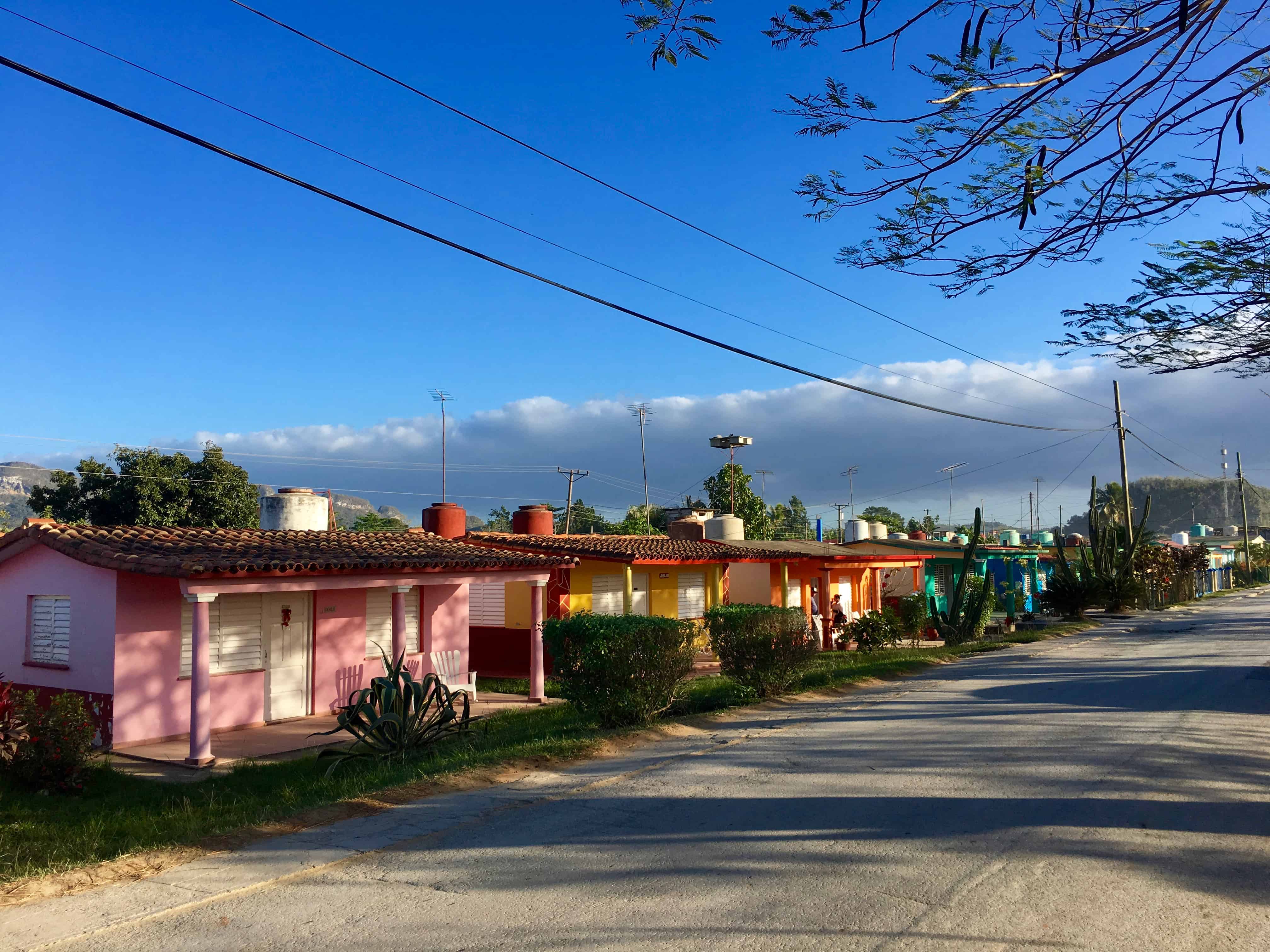
With all this natural beauty on offer, there are plenty of outdoor activities to keep visitors busy for weeks. With just a few days to play with though, we opt for caving, biking and horse riding as our means of exploring one of Cuba’s jewels. Here’s our low-down.
Try (and most likely fail) riding a horse like a Viñales local
With guajiros (a local term for Cuban country folk) riding around town looking pretty damn cool on their horses, and so many places offering horseback riding tours, you’ll almost certainly be tempted to go for a ride when you’re in Viñales.
We’re a little concerned the experience might be overly-touristy, but it turns out to be a highlight of our trip.
We organise our horse-riding tour through our casa owner, and meet up with our guide Miguel outside the casa. Having never ridden a horse before, I’m a tad apprehensive about the experience, but having hopped on my horse, given her a scratch behind the ears, and received a licked leg in return, it feels like we’re off to a solid start.
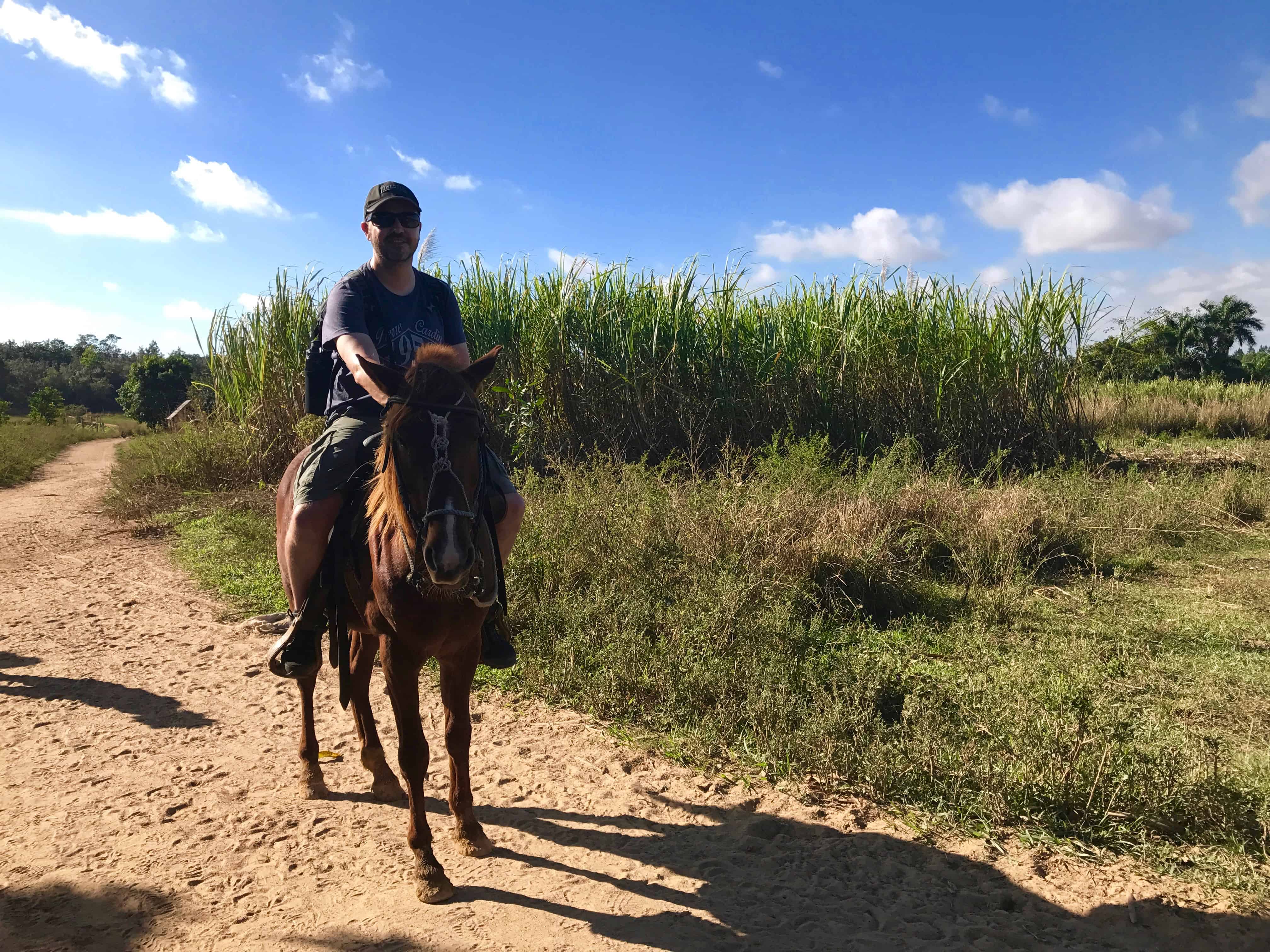
There’s something magic about riding out of Viñales past bright fincas (farms), with well-tended fields of red earth and the bright green leaves of a good harvest. As we slowly make our way to the Valle del Silencio, there’s hardly a sound to break our trance-like state, aside from the rhythmic beat of horses’ hooves and the occasional whisper of wind.
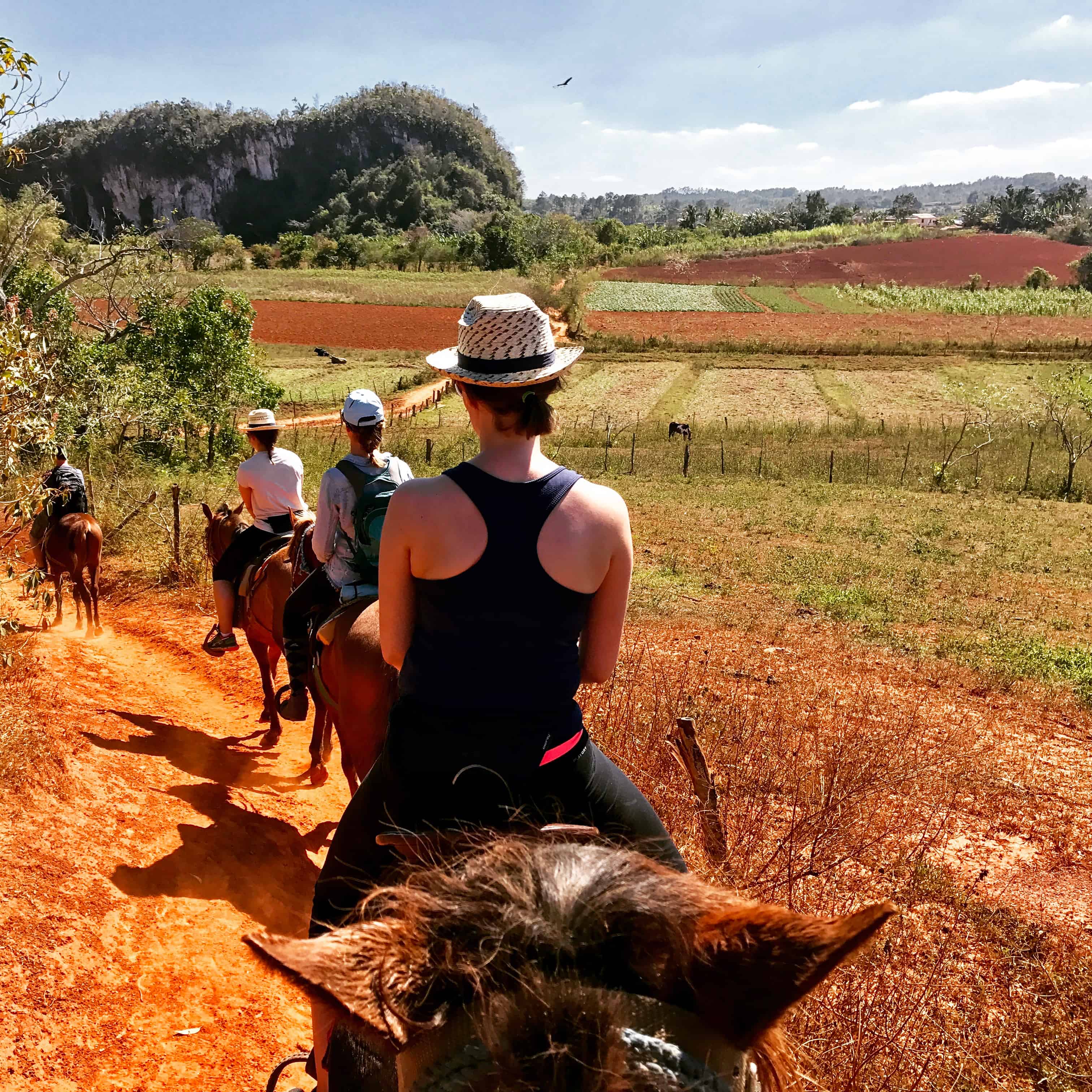
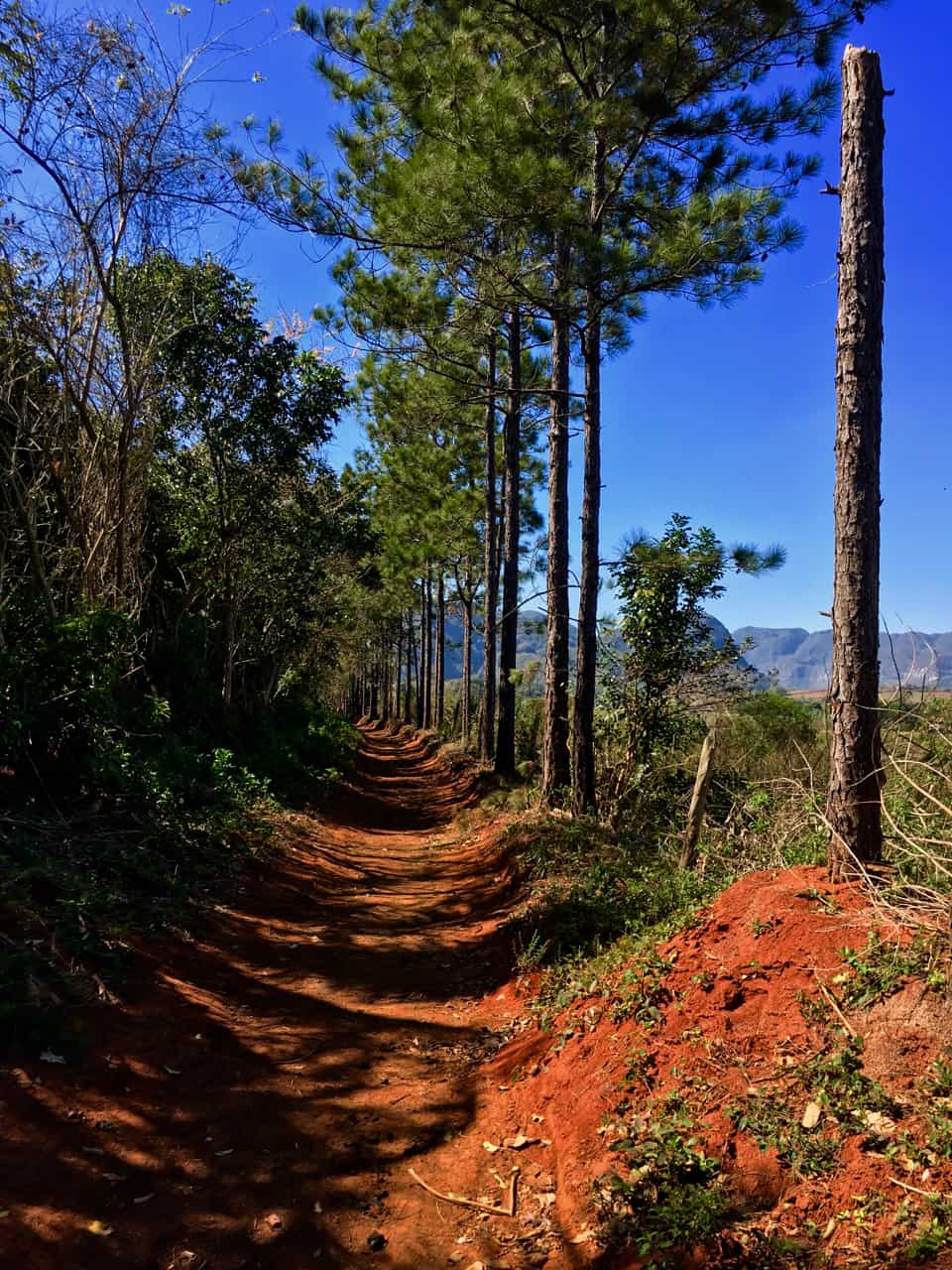
In addition to a tour of a small cave and a lakeside rest stop, we visit a local coffee plantation where the horses enjoy a well-earned rest while we learn all there is to know about growing and making coffee.
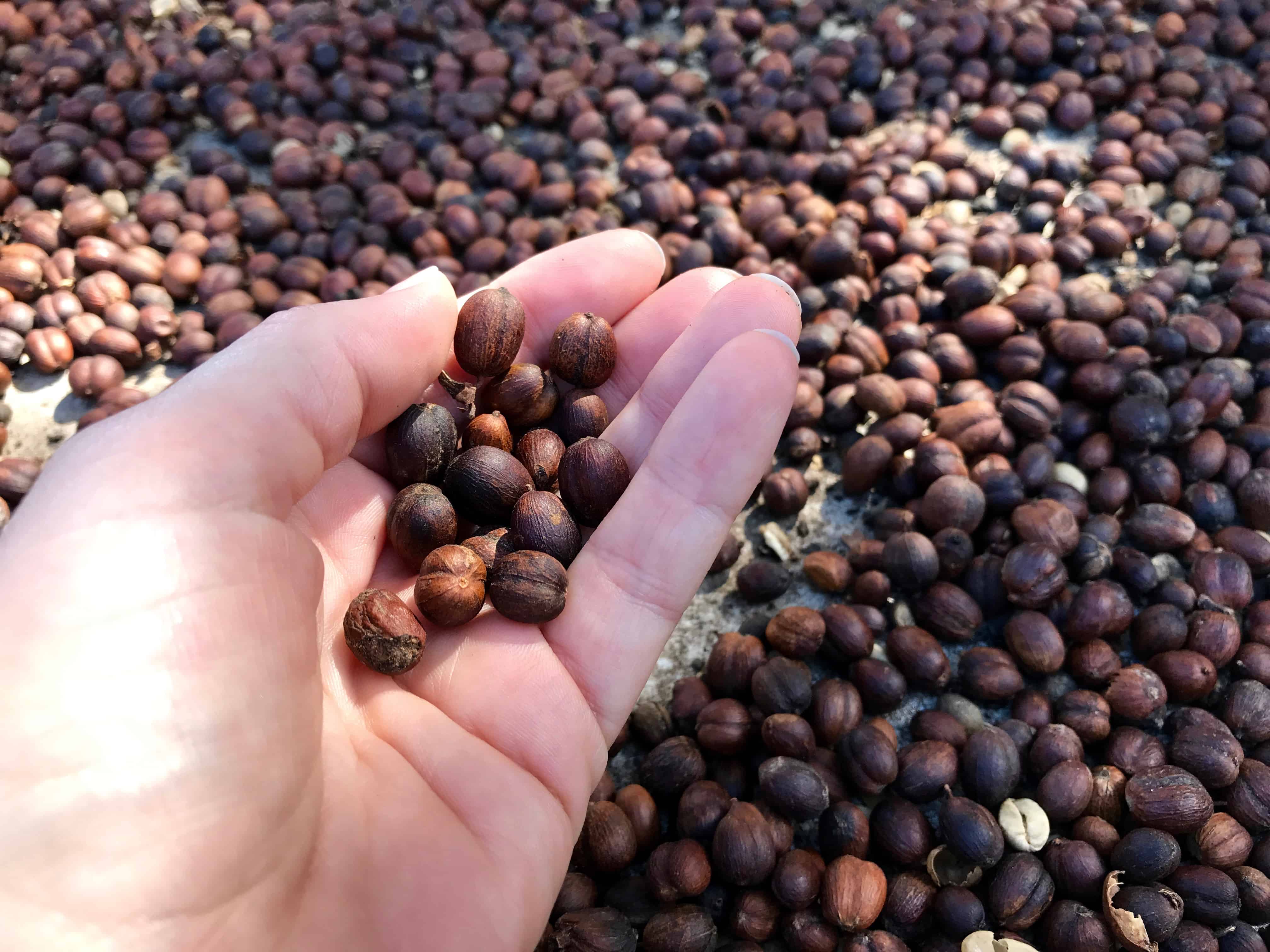
Riding back to Viñales, the tobacco fields become denser and we notice more drying houses for the leaves. Soon enough, we’re pulling up at a tobacco farm for our final stop of the day.
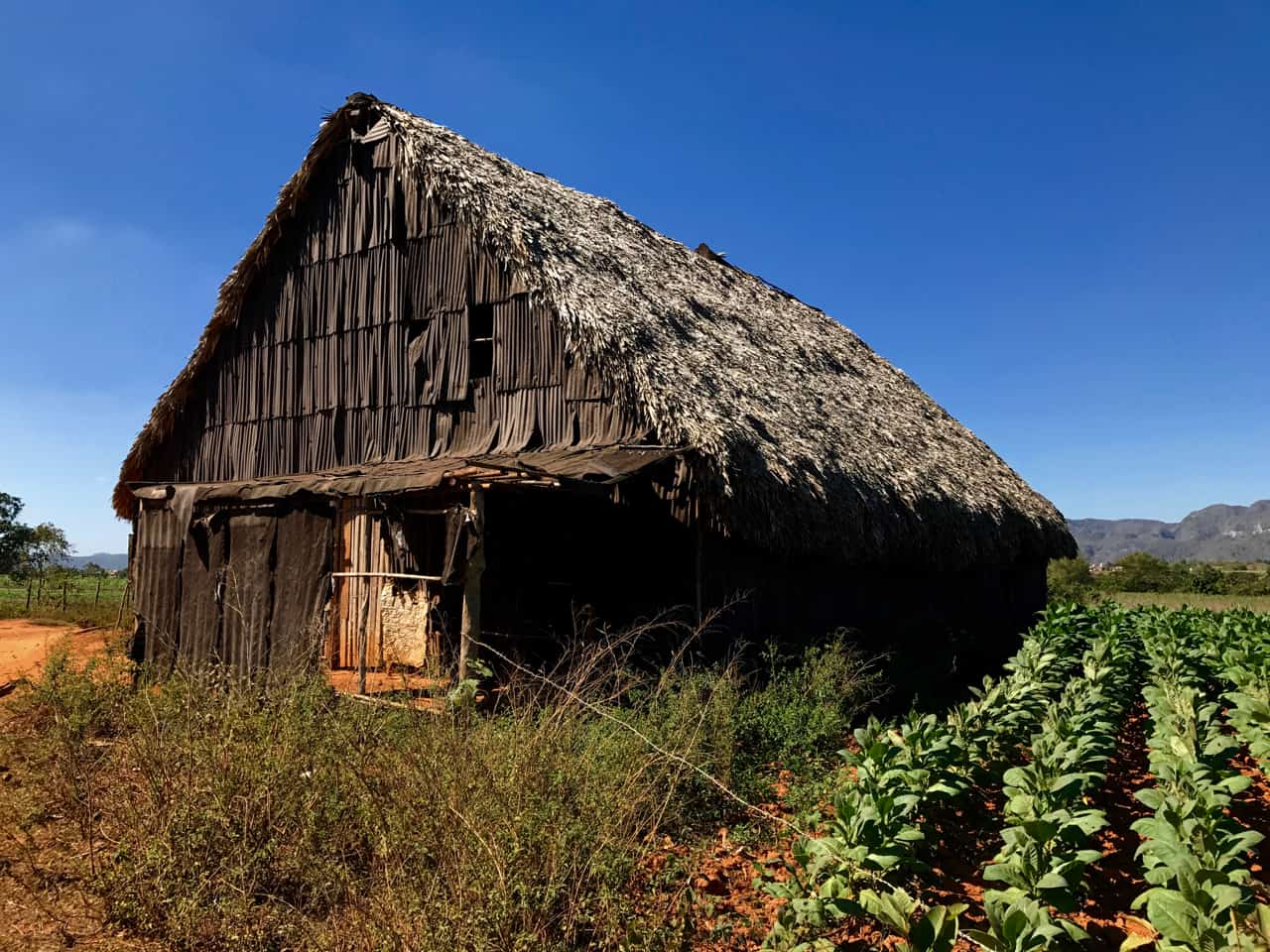
Although synonymous with Columbus, whose crew encountered tobacco smoking when they stumbled across the Americas in 1492, the practice might be better attributed to the Mayans. Depictions of smoking have been found on Mayan pottery dating back to the tenth century, and it was the Mayan word sicar (meaning to smoke rolled tobacco leaves) that most likely led to the modern term cigar.
It’s Cuba though, that has long held the mantle of cigar capital of the world, and we wrap up our horse-riding tour with an expert lesson in cigar rolling and smoking by our finca host, a suave Cuban Ché Guevara-lookalike.
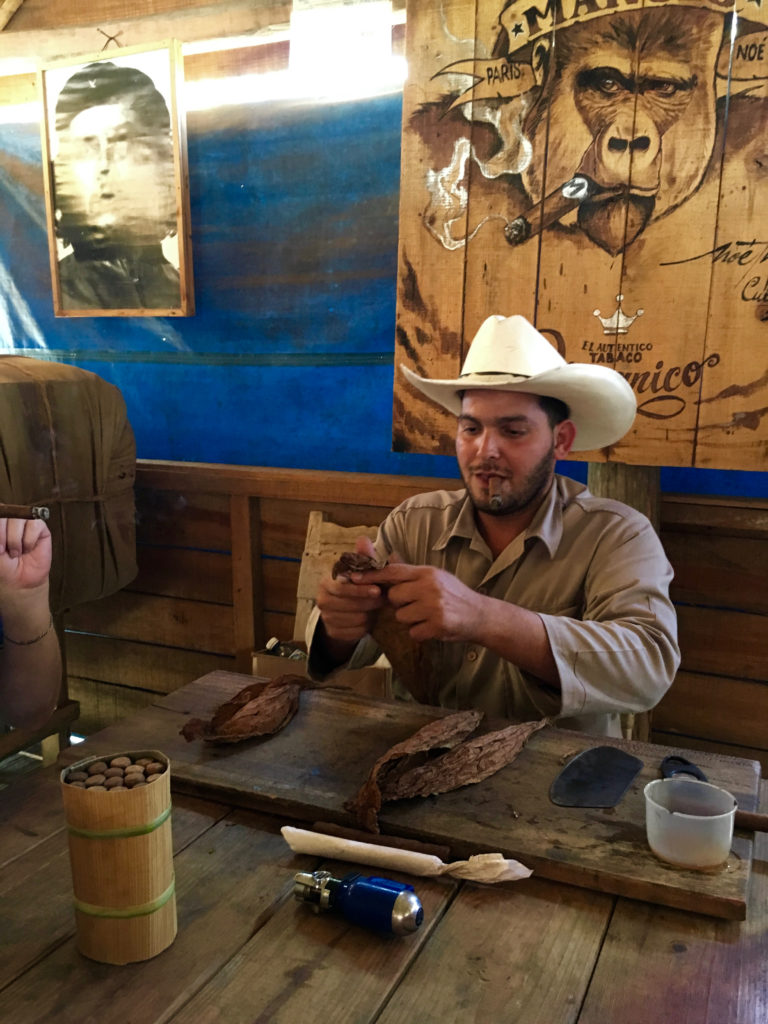
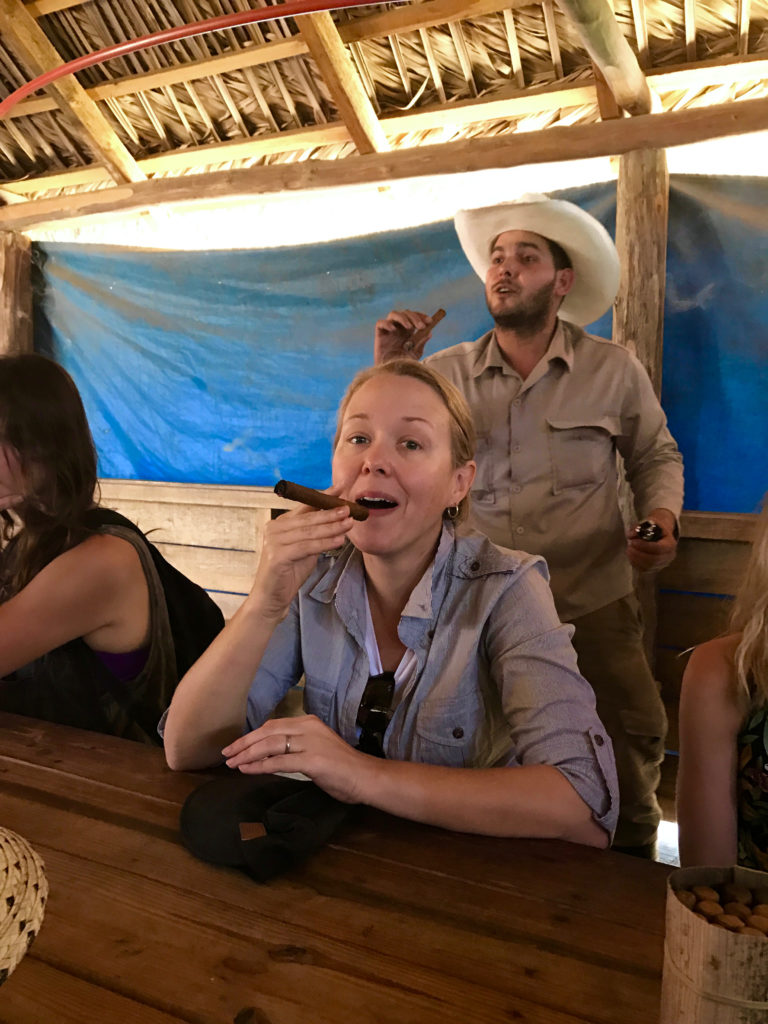
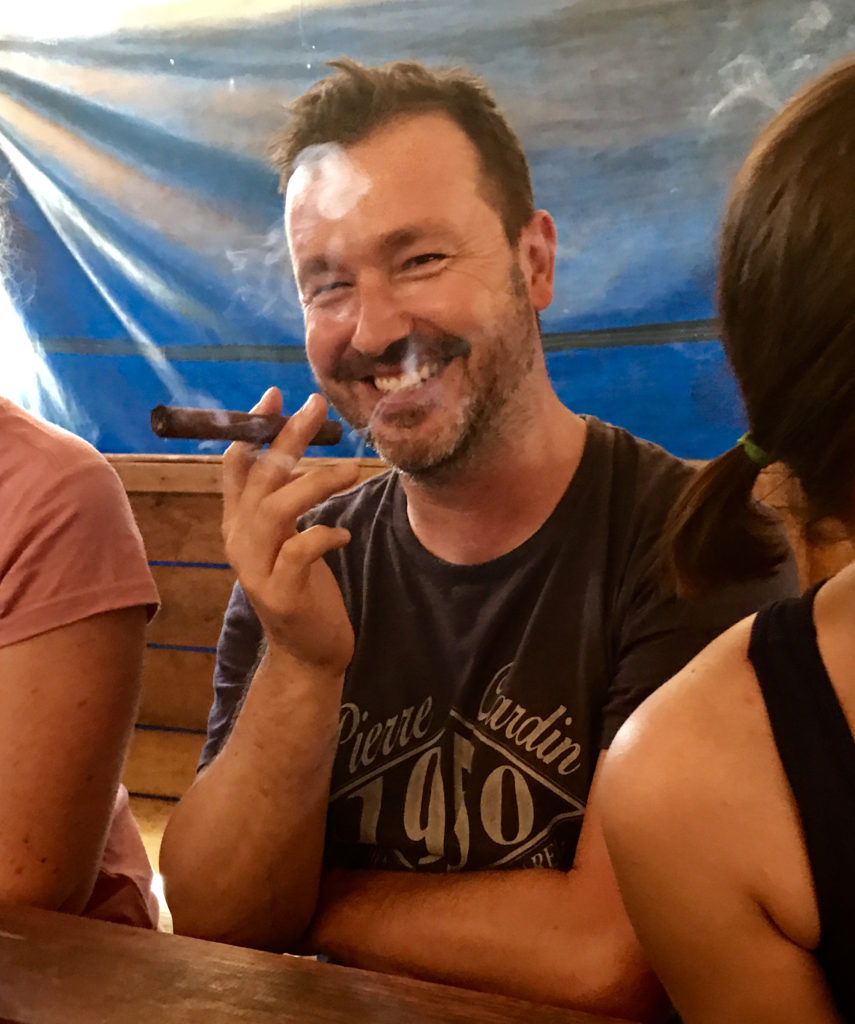
Getting to know Cuban cigars with some expert tuition.
Explore Viñales by pedal power
We love hiring bikes when travelling; it’s a great way to really get a feel for a place while also riding off some of the excess calories we’ve usually accumulated along the way.
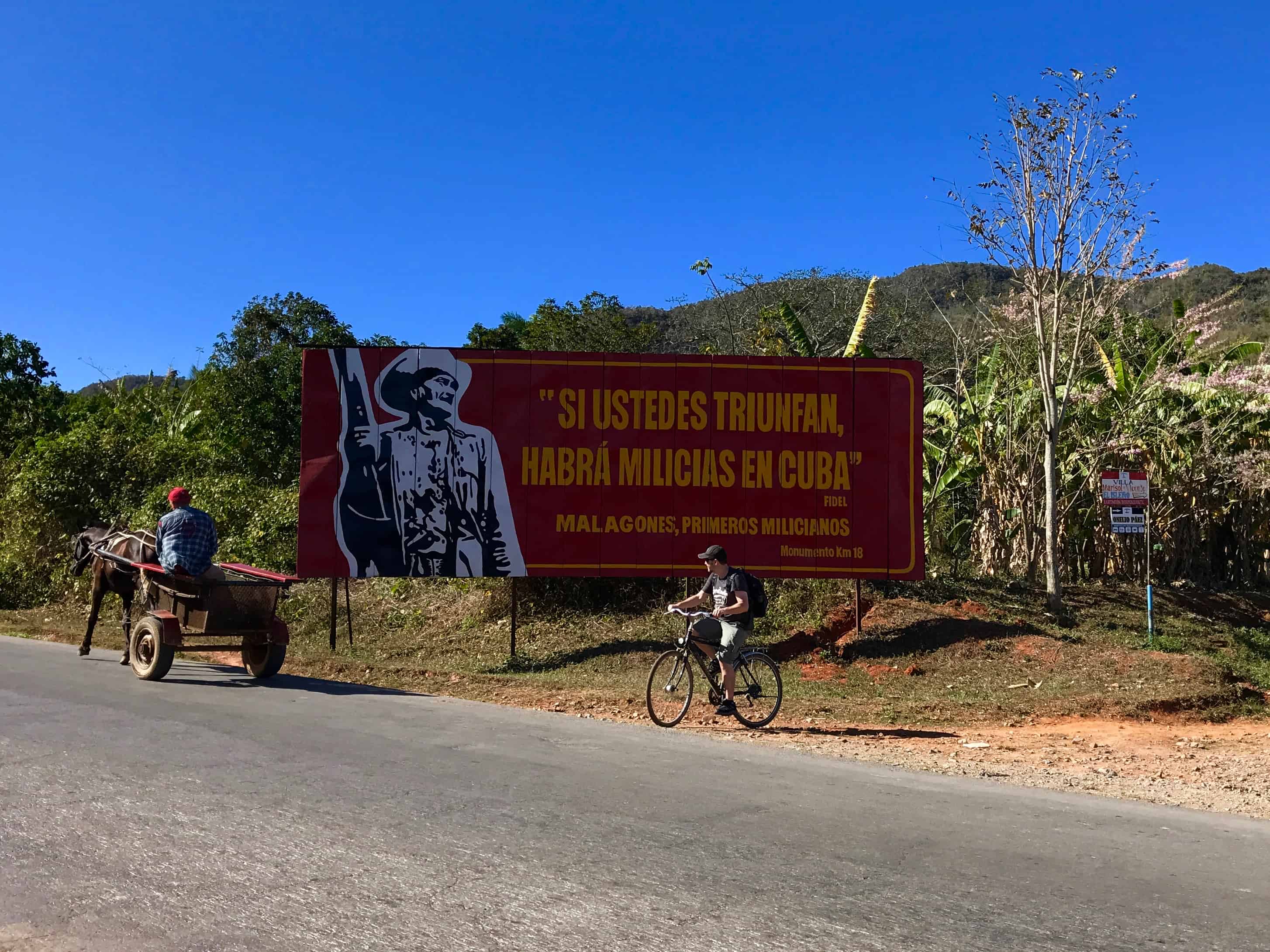
While the roads around Viñales aren’t designed for the Tour de France, the views more than make up for the slightly bumpy ride (try to pick a bike with a padded seat if you can).
Riding west of town towards beautiful limestone valleys, we’re quickly surrounded by fields with small farmsteads and ramshackle tobacco drying houses on both sides of the road.
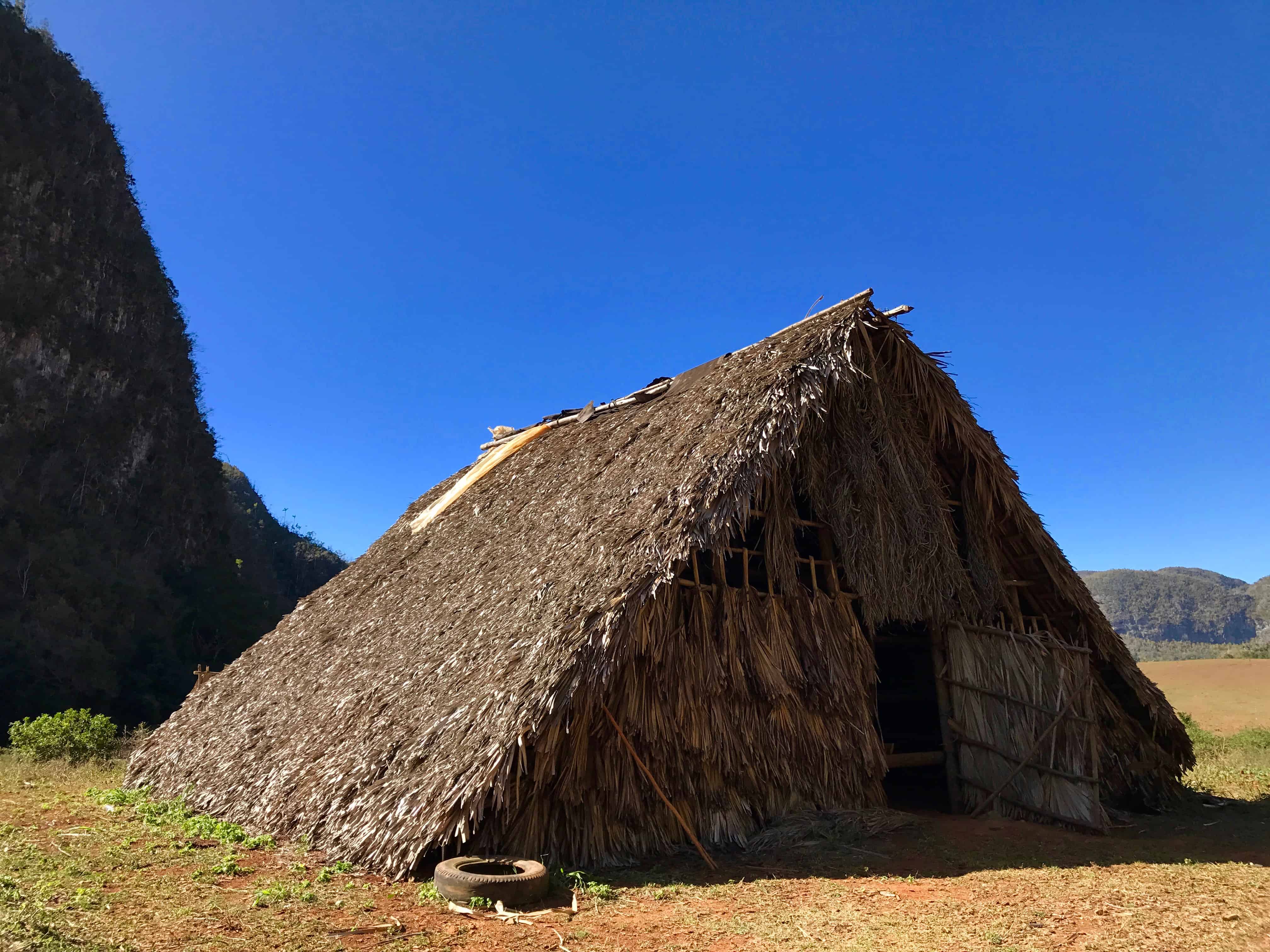
A little further from town we catch sight of something not a little out of character with the peaceful rural environment.
We’re not quite sure what Fidel was thinking when he commissioned the Mural de la Prehistoria in 1961, or whether he insisted on the giant yellow dinosaur, the alien-like red figures or the bright blue background.
While we don’t claim to be art critics, in our view the mural is probably a site best enjoyed from the road-side without paying the entry fee for the privilege of a close-up.
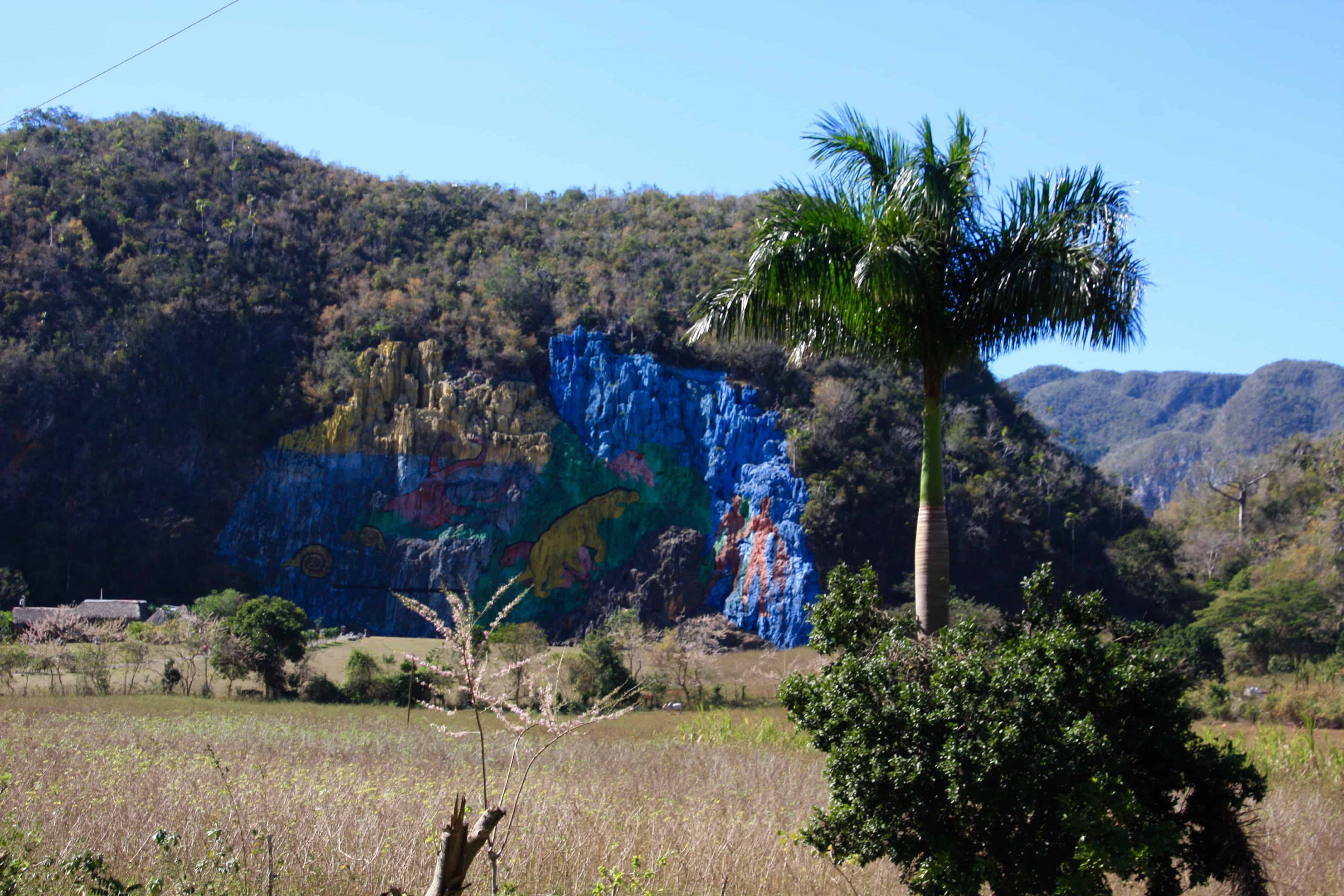
After riding back into town, by way of a local finca and tobacco shed, we decide to head up to the Balcon del Valle viewpoint near Hotel Los Jasmines.
The four-kilometre climb to the viewpoint is tough going in the afternoon heat, but the views across the Valle de Viñales more than reward the effort, as does the ice-cold beer we treat ourselves to at a cafe at the top. We finish our day with an easy downhill cruise into town as the sun starts to drop.
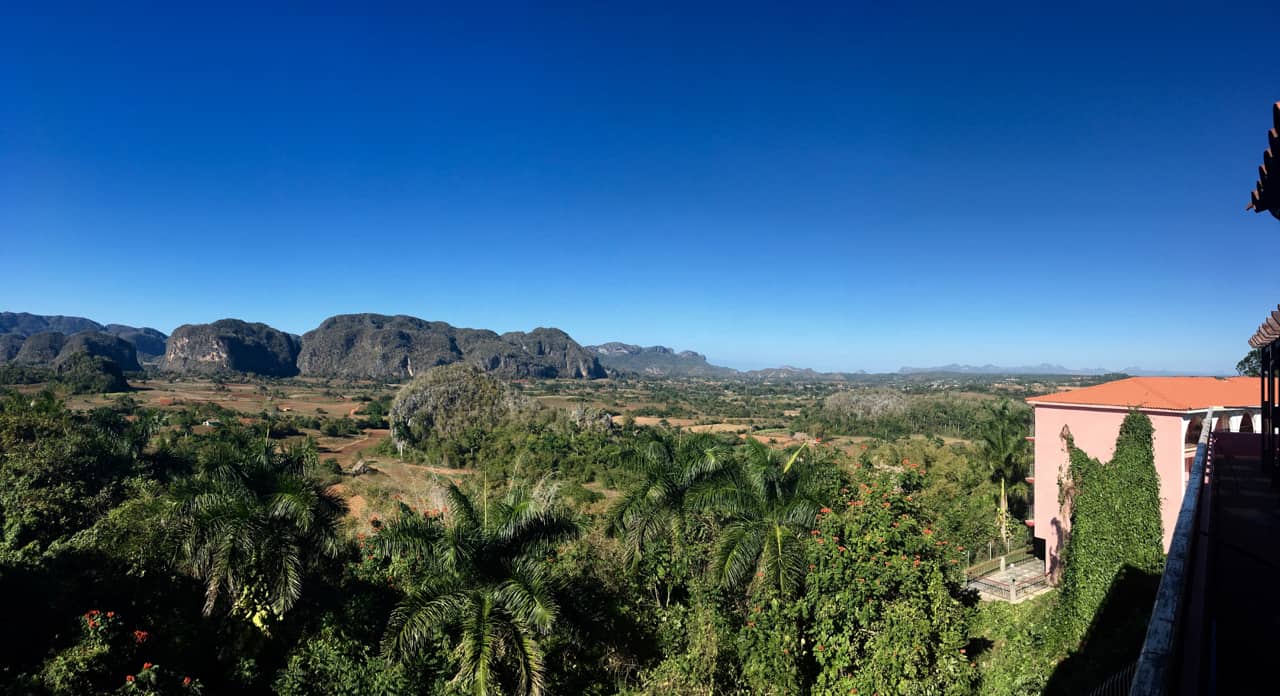
Climb up to Gran Caverna de Santo Tomás
Visiting Cuba’s largest cave system feels a bit like a journey into a Tolkein movie, with 45-kilometres of caves and passages set over eight levels. Naturally, you need to visit with a guide to avoid getting hopelessly lost.
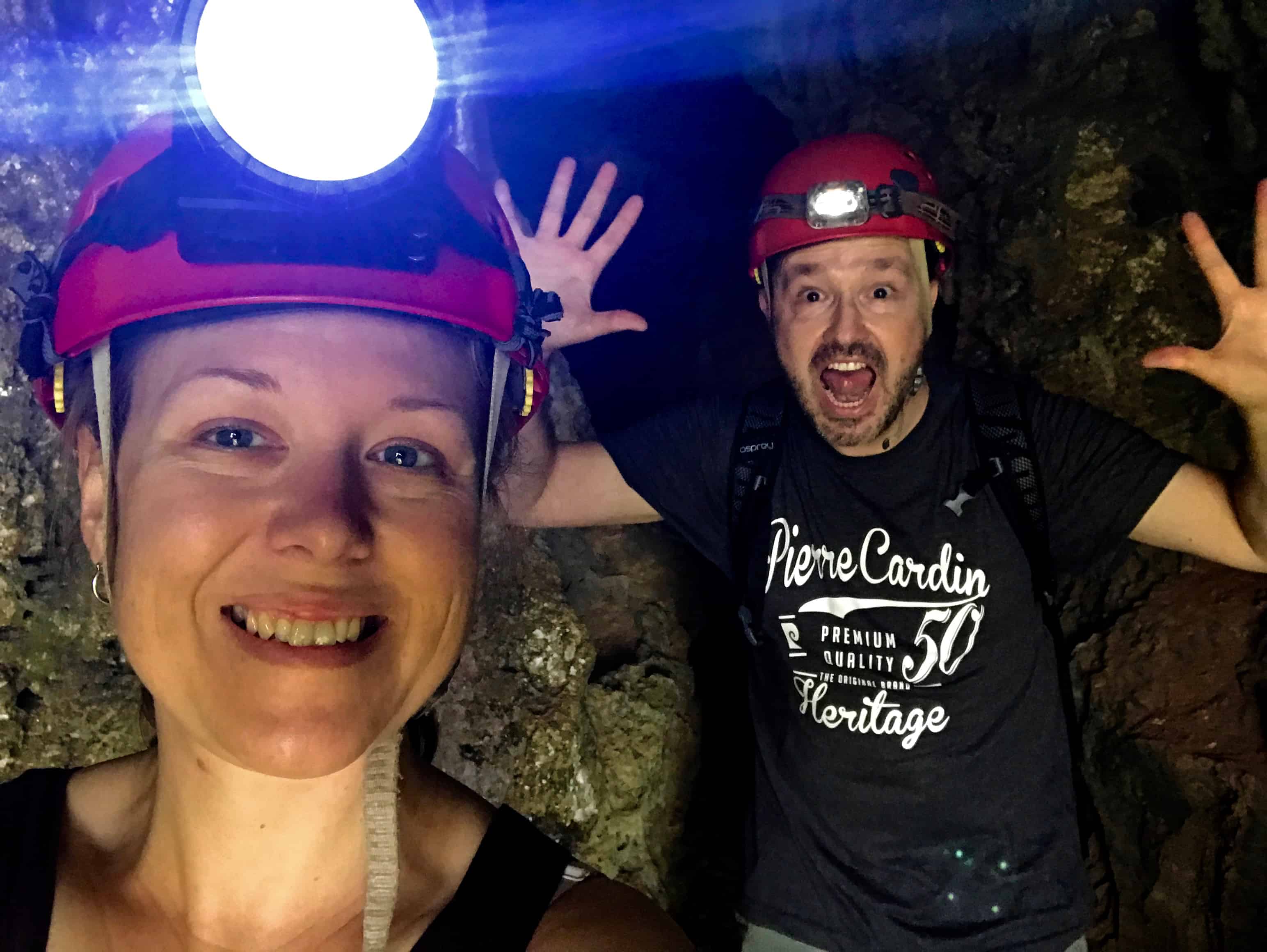
Our two-hour visit finds us walking through tight tunnels, spying on sleeping bats, marvelling at huge caverns, admiring stalactites and spotting animals (and in one case, a current US President) in the curiously-shaped stalacmites rising from the cave floor.

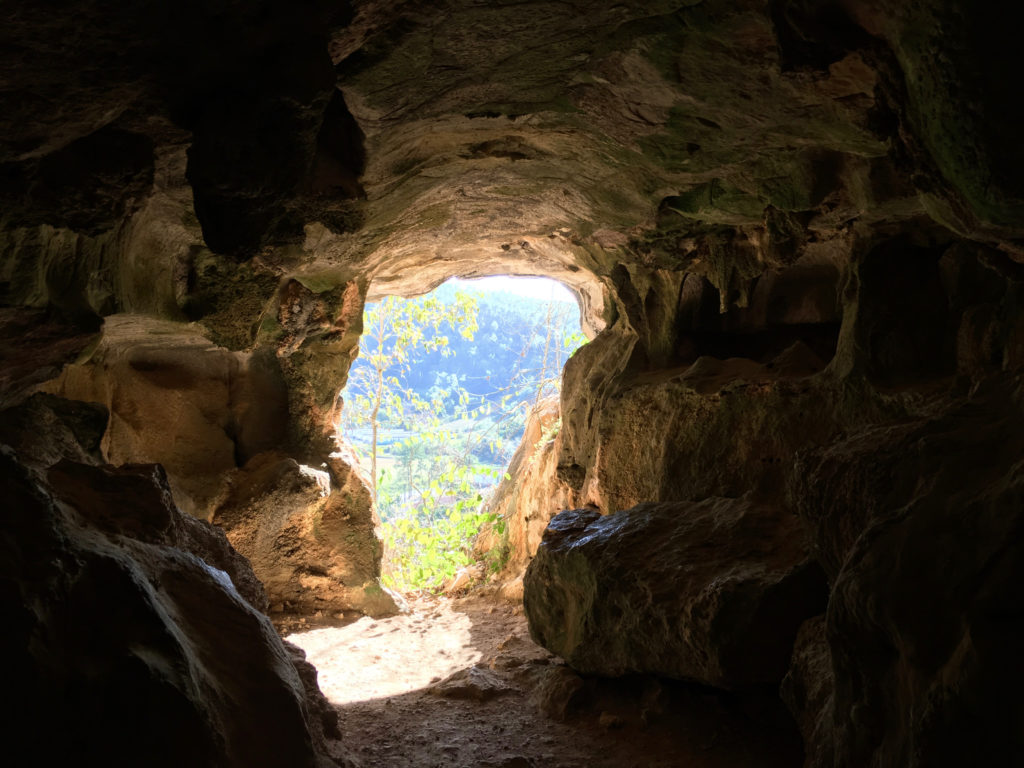
Light at the end of the tunnel in the Santo Tomas caves.
The caves are just fifteen minutes’ drive from Viñales, and after checking in at the park office, you’ll be kitted out with a helmet with built-in torch before making the steep ten-minute climb up to the cave entrance for a guided tour.
Between outdoor adventures, there’s nothing better than sitting back on a porch or rooftop and taking in the spectacular karst landscape of Viñales with a cold beer in hand. If you’re visiting Cuba and have the time, the Valle de Viñales offers a wonderful contrast to busy, vibrant Havana, and a real taste of Cuban country life.
Good to know
Getting there: There are a variety of ways to get to Viñales from Havana, including bus, collectivo taxi, or hiring your own vehicle. We opted for the Conectando bus, which we booked through Cubanacan (read our post on planning a visit to Cuba for more on intercity travel).
Bicycle hire: While our guide book indicated there was a bicycle hire place in Viñales, we couldn’t find it and were told at the Infotur office in town that it no longer existed. As we did, you’ll likely be able to organise bicycle hire through your Casa Particulare, with bikes dropped off and picked up from where you’re staying. The bikes we hired (for CUC10 each for the day) were in reasonable condition, had working breaks and enough gears to make uphill sections bearable.
Horse riding excursions: You can’t walk down the street in Viñales without being offered some kind of horse-riding excursion. There are also tour offices in town that can organise the experience. Most Casa Particulare hosts will be able to hook you up with this kind of tour too. Our casa host had good reviews on TripAdvisor for her horse-riding contacts, so we booked through her. We paid CUC25 each for the tour, plus entry fees to the cave we visited and drinks. Cigars were also available to buy in packs of 10 or more at the finca we visited, for around CUC1 per cigar.
Cave trips: There are tours to various cave systems on offer in Viñales town. We booked our trip to Santo Tomas through the local Infotur office on the main street, which had friendly, professional English-speaking staff. Our tour cost us around CUC21 each, including transfers each way.
